A project funded by the Swine Health Information Center focusing on the role of vehicle movement in swine disease dissemination has recently been published in the Journal of Preventive Veterinary Medicine. Principal investigators Drs. Gustavo Machado and Jason Galvis, North Carolina State University, studied a novel method to analyze the role of vehicle movement in swine disease spread by accounting for the variability around pathogen stability and vehicle cleaning effectiveness. Specifically, the study investigated the moving vehicle’s role in disease spread from farm to farm by considering 1) the factors that may affect the pathogen stability on the contaminated vehicle and 2) the efficacy of the procedure to clean and disinfect the contaminated vehicle.
Knowing there are many methods for swine disease spread, the objective of this study was to increase understanding around the risk of vehicles traveling to and from swine farms for disease transmission across the US pork industry. A goal was to define the contribution of moving vehicles in disseminating disease from farm to farm. The investigators collected vehicle movement data and vehicle cleaning efficacy data for the project. Using the African swine fever virus as the pathogen of interest in the model, they reconstructed a vehicle movement network to evaluate the possible dissemination of the ASFV between farms.
Investigators collected a year’s GPS data on 823 vehicles moving between 6363 production sites across two US regions. Region one consisted of 1974 commercial swine farms managed by six production companies, and region two consisted of 4389 commercial swine farms managed by 13 production companies. Farms were classified into 24 types based on swine production phase and simplified into categories such as a sow farm, which contained breeding age animals. Five vehicle types were named by the type of use to include feed vehicle, pig-farm vehicle, pig-market vehicle, crew vehicle, and undefined vehicle. For each vehicle, 12 months of daily GPS tracker records were collected. Additional information was also collected, including company-owned cleaning stations for transportation biosecurity analysis and incorporation of vehicle cleaning and disinfection.
This study extended and updated a previously developed method for evaluating disease transmission across vehicle contact networks. For the current study, Drs. Galvis and Machado considered both vehicle cleaning and disinfection efficacy uncertainty along with ASFV stability decay in the environment.
“Our study revealed that although efficient cleaning and disinfection measures affected the number of farms connected through vehicle movements, simulations with 100% cleaning and disinfection still resulted in 88% of farms being in contact over one year,” investigators wrote. “Importantly, achieving 100% cleaning effectiveness reduced the risk of between-farm contacts only when the ASFV stability was low (≤0.2). Conversely, there was an insignificant reduction in the number of between-farm contacts when the ASFV stability was still high (>0.8).” ASFV stability was measured on a scale from 0 to 1, with 1 being the greatest stability.
The investigators discovered vehicles visited different swine production companies’ sites, enhancing the potential for between-company dissemination in the new study as well. In their report, the investigators found that in the absence of cleaning, vehicles connected up to 2157 farms in region one and 437 farms in region two. In region one alone, vehicles transporting feed connected 2151 farms, vehicles transporting pigs to farms connected 2089 farms, vehicles transporting pigs to market connected 1507 farms, undefined vehicles connected 1760 farms, and vehicles transporting personnel connected three farms.
Simulation results of the model provided valuable insight into how contact networks between farms could be reduced through vehicle cleaning, which was assumed to be 100% effective. Specifically, contact networks were reduced as follows:
“The results of this study showed that even when vehicle cleaning and disinfection are 100% effective, vehicles are still connected to numerous farms. This emphasizes the importance of better understanding transmission risks posed by vehicles to the swine industry and regulatory agencies,” they stated.
This study enhances understanding of the role of transportation vehicles in spreading diseases between farms and the risks involved. The new methodology introduced in this study can be used to develop novel disease control strategies, including rerouting vehicles based on their infection and risk status.
The Swine Health Information Center, launched in 2015 with Pork Checkoff funding, protects and enhances the health of the US swine herd by minimizing the impact of emerging disease threats through preparedness, coordinated communications, global disease monitoring, analysis of swine health data, and targeted research investments. As a conduit of information and research, SHIC encourages sharing of its publications and research. Forward, reprint, and quote SHIC material freely. For more information, visit http://www.swinehealth.org or contact Dr. Megan Niederwerder at [email protected] or Dr. Lisa Becton at [email protected].
Copyright 2024 | Swinehealth.org | Website by Heartland Marketing Group